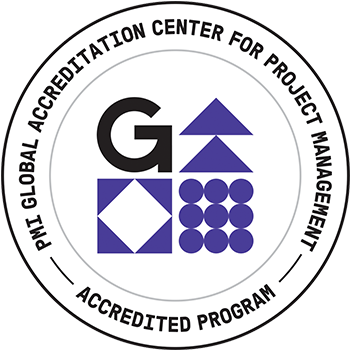Evaluate Session
In the era of big data and the ever-increasing flow of information, the use of analytics is now widespread across industries, with data analytics mainly used to help enterprises make better decisions. With project managers required to make critical project decisions on a daily basis, while projects in most cases remain falling short to deliver on their promises, a data-informed approach to decision-making in projects and project management is needed more than ever – the previously untapped capabilities of Data Analytics and Artificial Intelligence need to be leveraged to ensure that relevant project information is captured, while project professionals and decision-makers need to become more data-aware and data literate, towards more rational and sound decision-making in projects, based on both quantitative and qualitative information.
However, many project professionals still underestimate the importance of data in project management and decision-making, or simply do not know where to start in terms of transitioning to such a revolutionary approach.
Key Take-aways:
- Today’s decision-making processes in projects have increasing gaps that must be addressed with a data-informed approach
- Projects need to adopt Data Analytics and AI to cope with the increasing amount of information, and to ensure sound and informed decision-making in projects
- A data-informed approach to decision-making in projects is disruptive and will require a significant change in the project and decision-making culture in organizations
PMI Talent Triangle: Technical Project Management
Evaluate Session
This presentation will address the “art” of forecasting for agile-developed products.
Forecasting is a skill is half-art, half-science. The science part of forecasting is easy: estimate product backlog items, track what the agile team completes each iteration, add/remove/re-estimate items on the product backlog, and examine what’s left to do at the end of every iteration (sprint). Using rudimentary statistics, it’s easy to create a probabilistic forecast that shows various possibilities and probabilities of occurrence.
What is not easy is applying the “art” of forecasting. Artful forecasting involves using knowledge, experience and intuition to adjust the team’s forecast to better represent what is likely to occur in the future. Here are (at least) six questions we will explore:
- How much team history should I include?
- When should I anticipate my team’s reduced capacity to work?
- How should I modify my forecast to adjust for expected product backlog growth
- How wide should my “cone of uncertainty” be?
- When should I override my team’s velocity?
- When should I override my team’s standard deviation?
I will demonstrate how to apply the “art” of agile forecasting using Statistical PERT, a freely-licensed, Excel-based spreadsheet that attendees can immediately download and use to create forecasts for their agile-developed products.
(Note: my 2020 UMD PM Symposium presentation, “When Will It Be Done? How To Forecast Answers To Your Toughest Agile Questions” demonstrated the “science” of agile forecasting. This presentation is the “art” of agile forecasting, which involves making choices about how to treat the team’s historical data).
Key take-aways:
- Exposure to Statistical PERT, a freely-licensed estimation and forecasting tool which is immediately available to attendees to use
- A list of specific questions (with my suggested guidance) on how a forecaster can apply their “art” to the “science” of forecasting
PMI Talent Triangle: Technical Project Management

